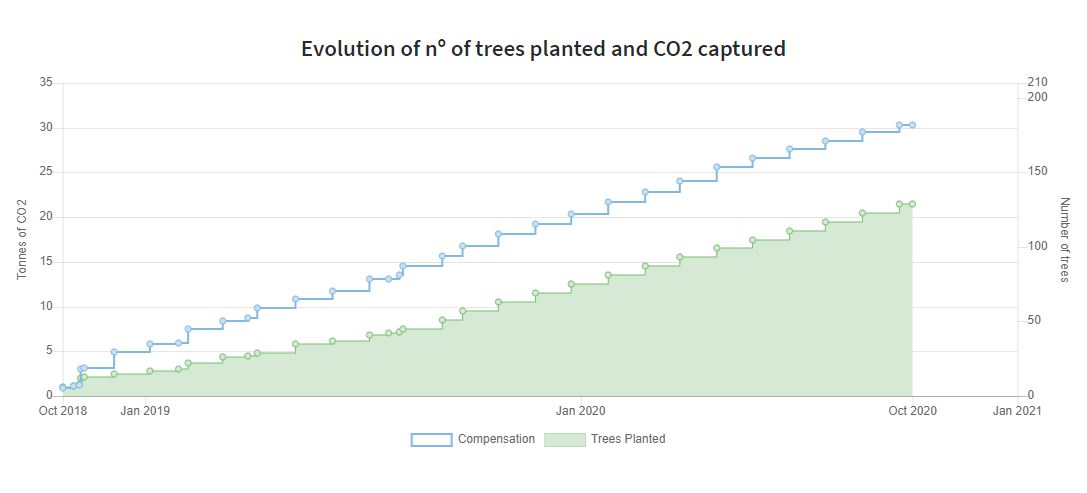Before the pandemic struck the world by a storm in 2020, flexible working arrangements were a nice-to-have perk. Remote employees were the minority, and most business leaders believed they could only nurture a productive workforce in the office.
But everything changed overnight, and those working on-site were suddenly only essential workers. Even though the COVID-19 crisis is ending in most countries, including the United Kingdom, flexible work isn’t going anywhere.
Employees Prioritize Flexibility
According to Statista, 4.27 million UK employees have employment contracts that allow flexible hours, making it the most common practice in 2022. Contrary to what employers thought, people like the post-pandemic workplace arrangements and wouldn’t return to strict schedules and solely office work.
Another report found that the demand for flexible work is increasing, with 8.7 million full-time workers yearning for flexibility. Moreover, the younger generations would likely decline jobs with rigid working hours.
For instance, 75 per cent of Gen-Z see flexible work as the number one employee benefit. Here’s why this arrangement is also beneficial for companies.

Top 3 Benefits of Flexible Work
1. Enhances Employee Retention
Today, flexible schedules are among the most sought-after employee perks and benefits. Many people would choose flexibility over a prestigious title or additional time off.
Meeting employees’ needs and expectations is necessary for cultivating loyalty. Companies can retain workers and attract top talent by offering flexible schedules and remote work.
2. Boosts Productivity
Employers often hold back from introducing flexible working because they fear it would affect productivity as they wouldn’t be able to monitor employees. But according to Gartner, 43% of workers are more productive if allowed flexibility. Moreover, this work arrangement enables people to relax and focus on their assignments without office pressure. Many employees feel less productive on-site due to managerial micromanagement and team competition.
3. Improves Employee Engagement
Empowered employees are more engaged, and what’s a better way of empowering them than responding to their needs and ensuring they can choose a work arrangement that stimulates their creativity? Flexible working also shows companies respect and care about their workers.
People want to know their employers trust them to work outside the office and get the work done just as efficiently. That boosts their engagement and helps them enjoy their tasks.
How to Manage Flexible Work Requests
Acas 2021 survey found over 55 per cent of employers expect an increase in flexible work requests, as people wish to split their time between home and office. Even though companies have the right to decline, they should consider the benefits of flexibility and discuss it with their workers in more depth.
They should be fair and objective, as most employees have reason to ask for flexible working, such as restoring work-life balance or preventing burnout. Employers can ask for a written flexible work request and discuss why the worker would prefer this arrangement.
However, they should be clear about flexibility policies and what flexible work consists of in their companies. If employers have no relevant regulations, they should consider introducing them and providing all employees equal access to flexible working.
Making flexibility a part of the company culture helps attract high-quality candidates and retain employees, especially working parents, students, minorities, and people from diverse groups. Whether you approve the flexible work request or not, it shouldn’t take a long time, and it might alter your employee’s contract.
–

Flexible work has numerous advantages for companies and employees, but employers are often reluctant to introduce this work arrangement. Although business leaders often fear flexibility would impact productivity, loyalty, and commitment, people with access to this benefit are more engaged and motivated.
Hence, before declining a flexible work request, consider the benefits. Besides improving employees’ work-life balance, it also helps instill trust and nurture lasting retention.
How HR Consultants at Blue Tree HR Solutions can help with Flexible working
Flexible working requests and considering offering hybrid working and a more flexible working arrangement to staff and new recruits may seem like another headache for employers. At Blue Tree HR Solutions we can help you implement a policy and support you during flexible work requests and help you find ways to make working hours convenient and beneficial for employers and employees.
If you require expert HR advice for small businesses then take a look at our ad hoc HR and retained HR packages. Feel free to contact our friendly team for more information.













